Banana leaf cake with a soft, chewy glutinous rice skin, fragrant with the unique scent of banana leaves, along with a sweet and rich filling inside, makes anyone who tries it fall in love with the rustic flavor, deeply connected to the homeland of this cake. Today, let’s join the kitchen to make 2 delicious and authentic ways to prepare banana leaf cakes with mung bean and coconut fillings with extremely simple recipes!
1. Banana leaf cake with mung bean filling

-
Preparation
30 minutes
-
Cooking
1 hour
-
Difficulty
Medium
Ingredients for Banana leaf cake with mung bean filling For 12 pieces
Banana leaves 250 gr Glutinous rice flour 400 gr Mung beans, peeled 200 gr Shredded coconut 100 gr Ginger 20 gr Sugar 360 gr Cooking oil A little Salt A little Banana leaves A little (for wrapping the cake)
How to choose and buy good, plump mung beans
- For making sweet soup, you should use mung beans that have been peeled. When selecting peeled mung beans, pay attention to choose those that are shiny, bright yellow, and evenly sized and colored.
- You can check the plumpness of the beans by pressing your finger onto a bean; if it is crispy and breaks easily without creating many small crumbs, then it is good mung bean.
- Fresh mung beans usually have a light, characteristic fragrance. Avoid buying beans that have a musty smell or any strange odors.
- Avoid choosing beans that have black spots, dull colors, or uneven sizes. Especially avoid mung beans that show signs of being eaten by termites or have many black specks.

Tools needed:
How to Make Sticky Rice Cake with Mugwort and Mung Bean Filling
-
Make the Cake Dough
For the mugwort leaves, first, you need to remove the large veins so that when blended, it becomes smooth and doesn’t get caught in the leaf fibers. Next, put the mugwort leaves into a pot with 20 grams of sliced ginger and boil for 15 minutes, then take them out.
After that, place the boiled mugwort and ginger into a blender, add 200ml of water, and blend until the mugwort and ginger are finely crushed. At this point, strain the blended mixture through a sieve to extract all the liquid and keep the leaf residue.
Add the leaf residue into a bowl containing 400 grams of glutinous rice flour, 250 grams of sugar, and a little salt, then use your hands to knead until it forms a dough that turns completely green, becomes smooth and elastic, and doesn’t stick to your hands.
To make the dough more pliable, you can put the dough into a mortar with 1 teaspoon of cooking oil, then use a pestle to pound all sides of the dough evenly.



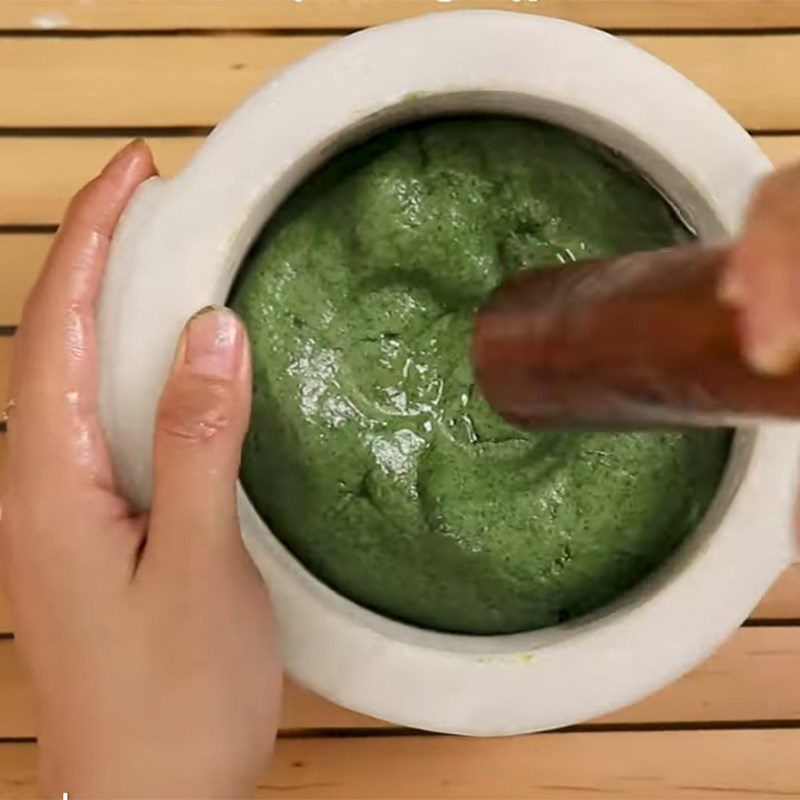
-
Prepare the filling
First, you wash 200 grams of mung beans and soak them for 2 – 4 hours, then drain the water and cook until soft.
After the mung beans are cooked soft, you mash them finely and put the mashed beans in a pan, heating and mixing well with 110 grams of sugar and 1/2 teaspoon of salt.
Once the mung beans are well mixed with the sugar, add 200 grams of shredded coconut and continue to stir until the mung bean and coconut mixture is well combined and thickened.




-
Wrap and steam the cake
Before wrapping the cake, you need to wash the banana leaves and then dry them to soften or briefly heat them over fire.
For the mugwort dough and mung bean filling, take a small piece of dough and roll it into a ball so that the dough ball is larger than the filling ball.
Then, flatten the dough, place the mung bean filling in the center, pinch the edges of the dough tightly, and roll it into a perfect ball again. Repeat this until you run out of dough and mung bean filling!
At this point, cut the banana leaves into squares, arrange them into a funnel shape, brush a little cooking oil on the leaves, then place the cake ball inside, wrap it tightly and securely.




-
Steam the cake
Prepare a steaming pot, pour water into the bottom of the pot and bring it to a gentle boil, then place the cakes in the steamer, cover the lid, and steam the cakes over medium heat for about 20 – 30 minutes until done.


-
Final product
The Banh It with gai leaves and mung bean filling will turn shiny black after steaming, with a pleasant aroma from the gai leaves that is extremely enticing.
Taking a bite, you will feel the chewy, sticky rice dough enveloping the rich, sweet mung bean filling with a bit of crispy shredded coconut, making it incredibly delicious.
With this recipe, you will rediscover the taste of the Banh It with gai leaves that you once tried whenever your mother returned from the market or enjoyed on memorial days and festive occasions!
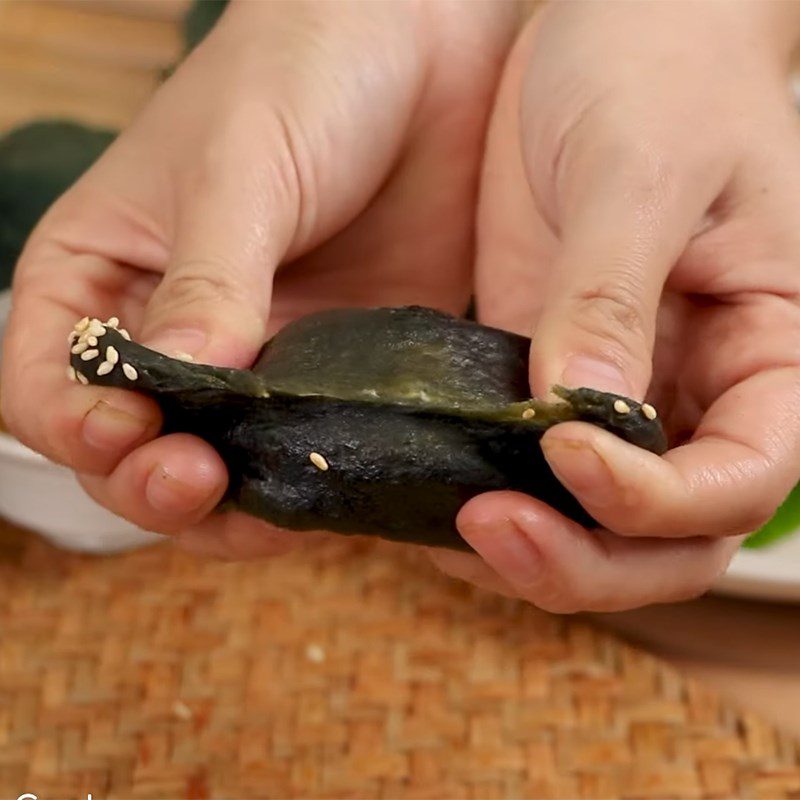


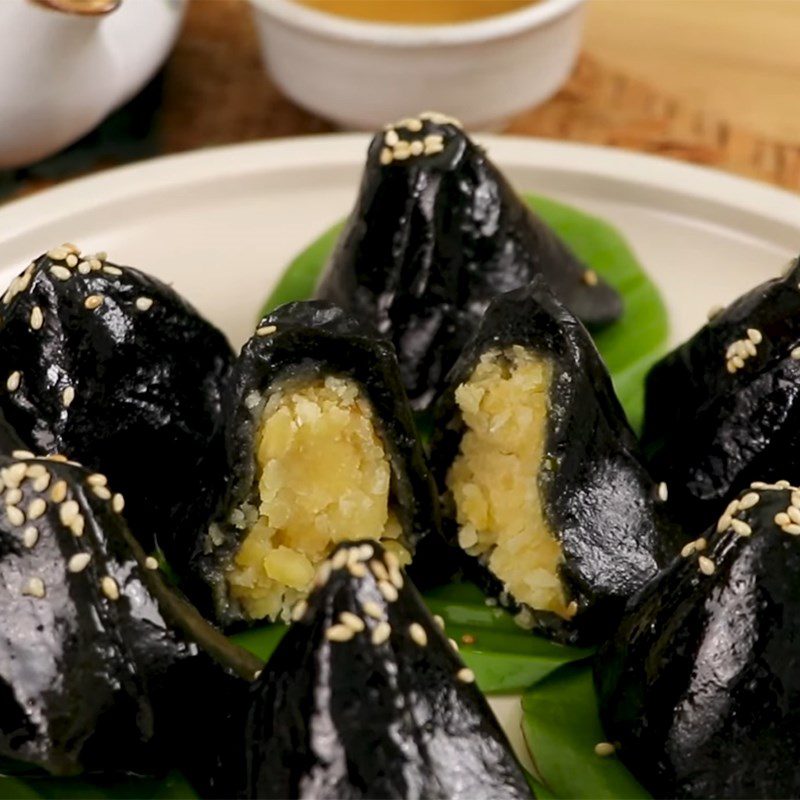
2. Gai leaf cake with coconut filling

-
Preparation
15 minutes
-
Processing
1 hour 30 minutes
-
Difficulty
Medium
Ingredients for Gai leaf cake with coconut filling For 12 pieces
Gai leaves 300 gr Glutinous rice flour 250 gr Tapioca flour 5 gr Grated coconut 300 gr Roasted peanuts 150 gr (crushed) Ginger 80 gr (minced) Sugar 210 gr Cooking oil a little Banana leaves 6 pieces (for wrapping the cake)
How to make Sticky Rice Cake with Gai Leaves and Coconut Filling
-
Making the Cake Dough
First, wash and strip the fibrous stems of 300g of gai leaves, then wash them again and boil for about 10 – 15 minutes.
Next, put the gai leaves in a blender with 200ml of water and blend until smooth. Then, strain the liquid and keep the blended gai leaf residue.
Mix the gai leaf residue with 250g of glutinous rice flour and 200g of sugar, then knead by hand until the dough is smooth and not sticky. At this point, wrap the dough in plastic wrap and let it rest for 30 minutes.




-
Cooking the Coconut and Peanut Filling
Boil 150ml of filtered water and the remaining 110g of sugar in a pan over medium heat.
When the sugar turns a brown color, quickly add 80g of chopped ginger, stir quickly, then add 300g of grated coconut and cook the coconut evenly for about 5-10 minutes.
Next, add 150g of roasted peanuts that have been crushed and 5g of tapioca flour to the grated coconut in the pan and continue stirring for another 2 – 3 minutes.
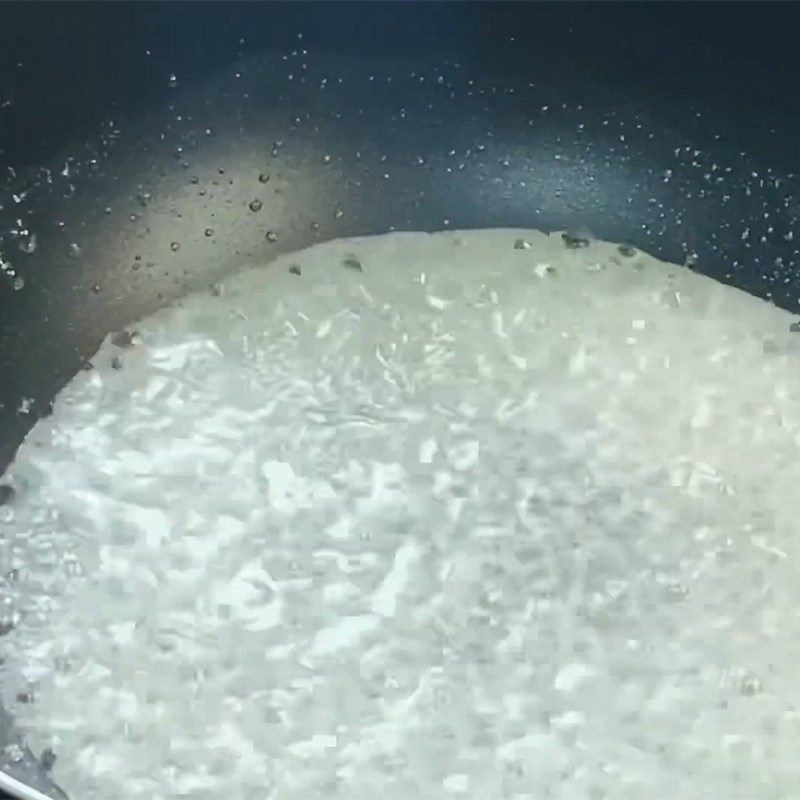
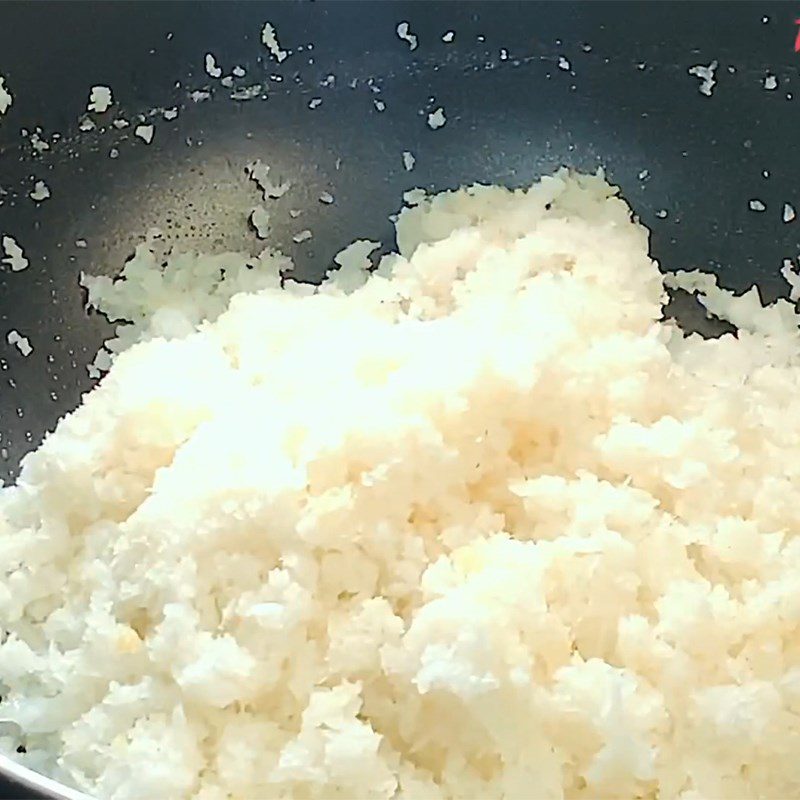

-
Wrapping and steaming the cake
After letting the dough rest for 30 minutes, take it out and start wrapping the cakes. Take a small amount of dough, roll it into a ball, then flatten it and scoop a little coconut and peanut filling into it, then pinch the edges of the dough tightly.
Apply a little cooking oil to the dough ball so that it won’t stick to the leaves after steaming.
Wash the banana leaves and then dry them or briefly heat them over fire to soften before wrapping the cake. Cut the leaves into rectangles or squares, then arrange the leaves to resemble a funnel.
At this point, place the dough ball in and wrap the leaves tightly, then steam them.
Prepare a steamer, place the cakes in the steaming basket, cover with a lid, and steam the cakes for about 25 – 30 minutes until they are ready to serve.




-
Final Product
Ban It La Gai with coconut filling is a special variation of the traditional ban gai, a dish with a sweet coconut filling combined with crunchy peanuts and a soft, fragrant La Gai leaf wrapper, creating a wonderfully appealing overall experience.
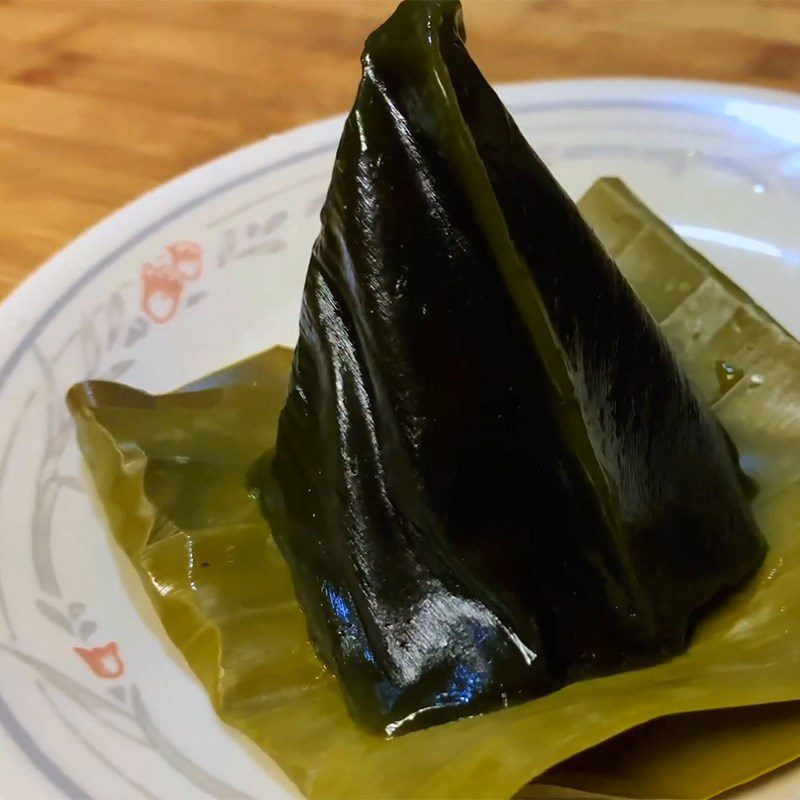

How to preserve gai leaf cake
- After steaming, you can store the cake outside in a cool, dry place away from direct sunlight for about 5 – 7 days. If storing outside, you should place the cake in a basket or a container with small holes, so that the cake does not absorb moisture and spoil easily.
- In addition, you can also preserve it in the freezer refrigerator, using this method the cake can be stored for 2 months, when ready to eat, just steam it again for about 15 minutes.
See more:
- 3 ways to make gai leaf cake with mung bean and coconut filling from the Mekong region that are extremely attractive
- How to make sticky rice cake with coconut and mung bean filling that is chewy, fragrant, new, and simple
- 2 ways to make sticky rice cake with fragrant, fatty coconut filling that is new and irresistible
If you’re at home but still want to enjoy soft, delicious bánh ít lá gai, why wait? Try making 2 recipes for bánh ít lá gai with mung bean and coconut fillings that Tastetutorial.com just introduced. Let’s get cooking, and good luck!






